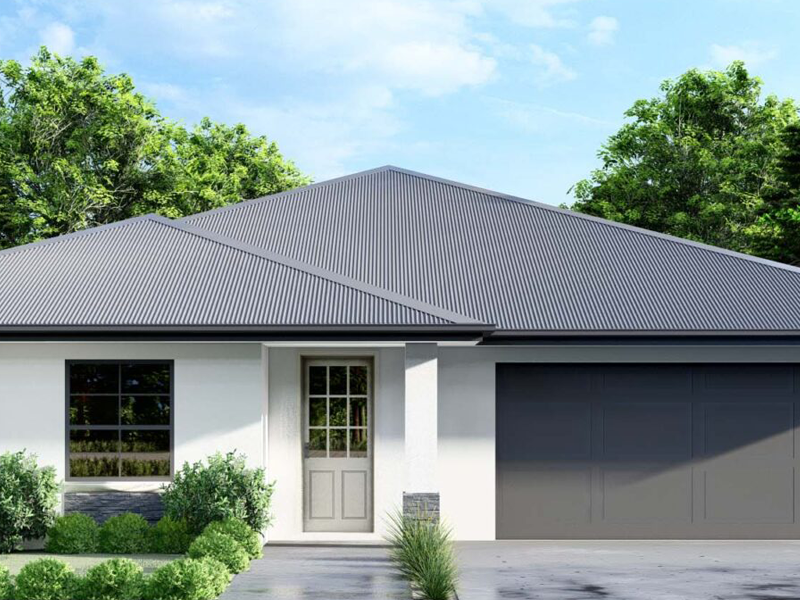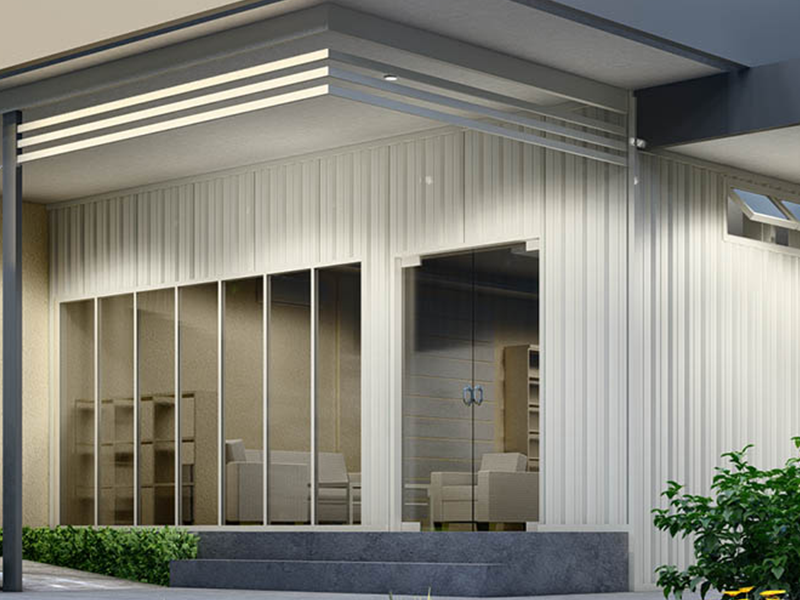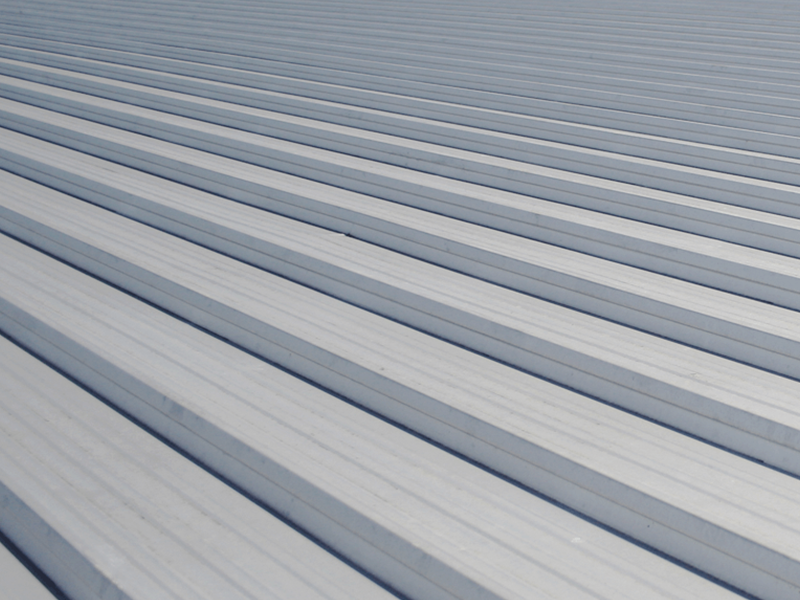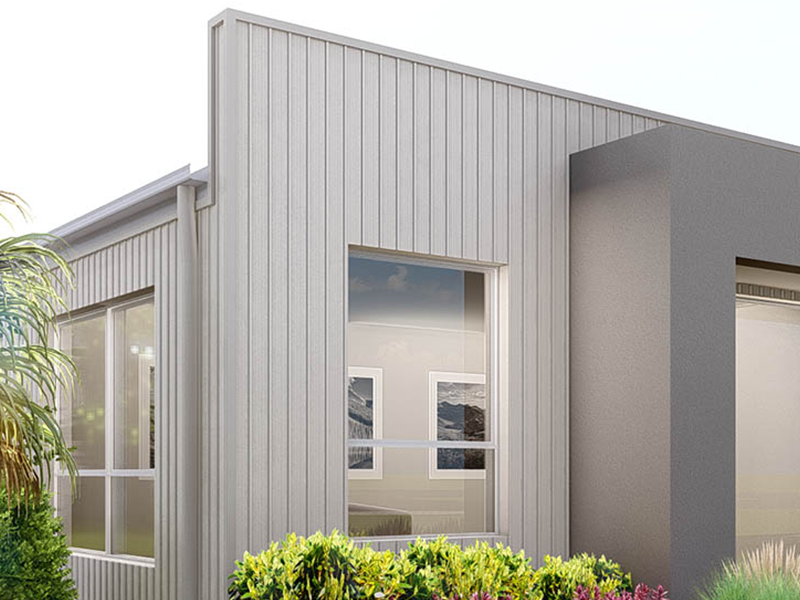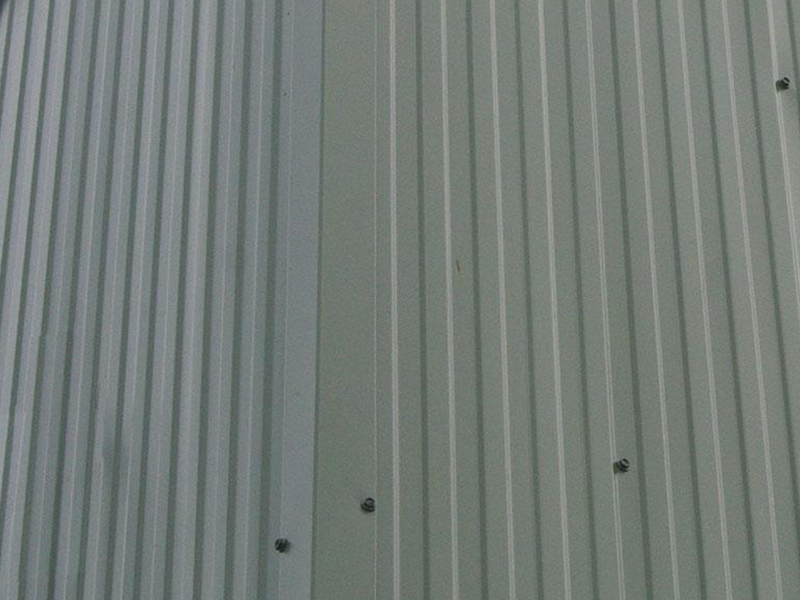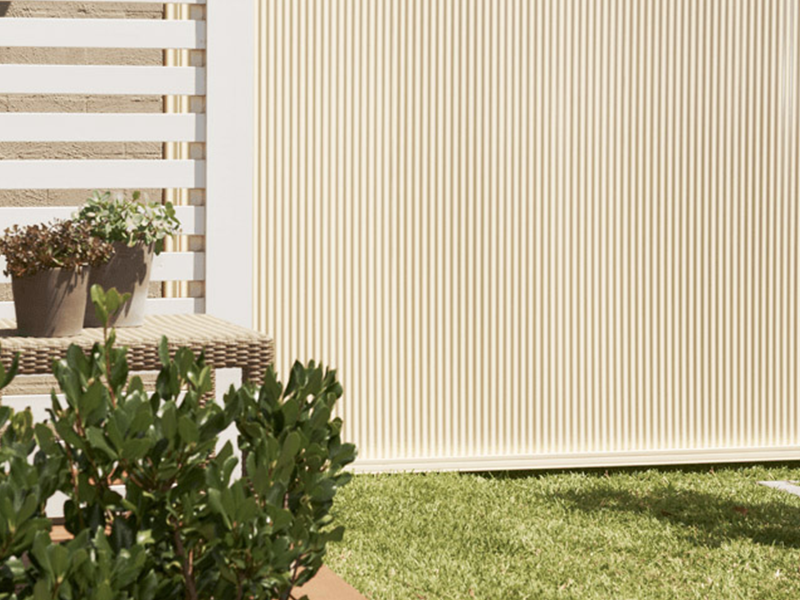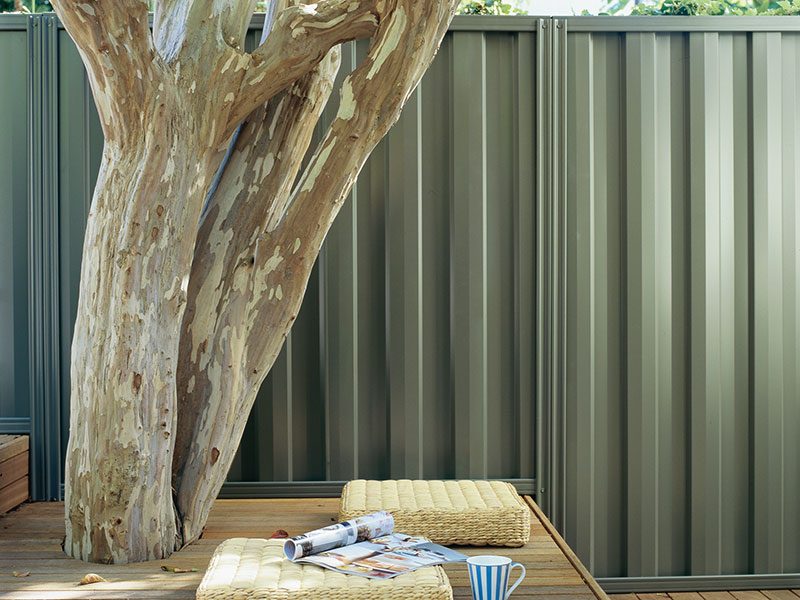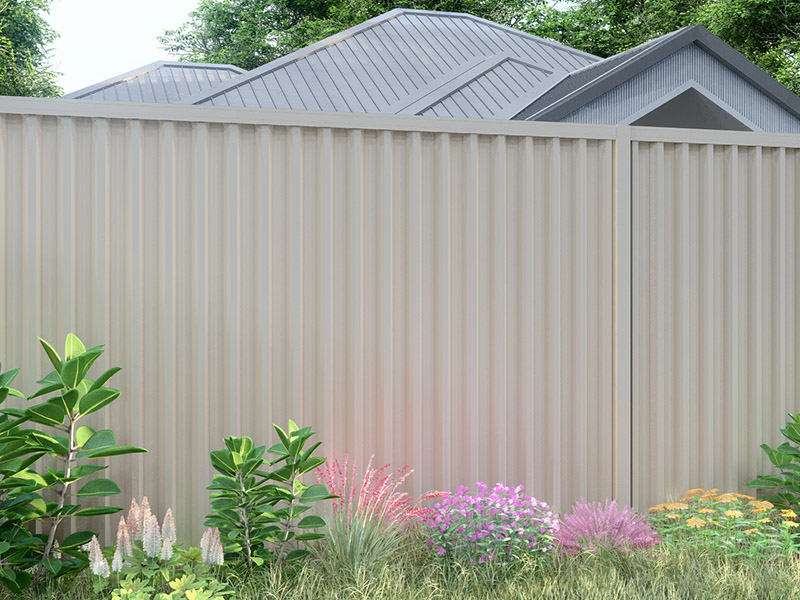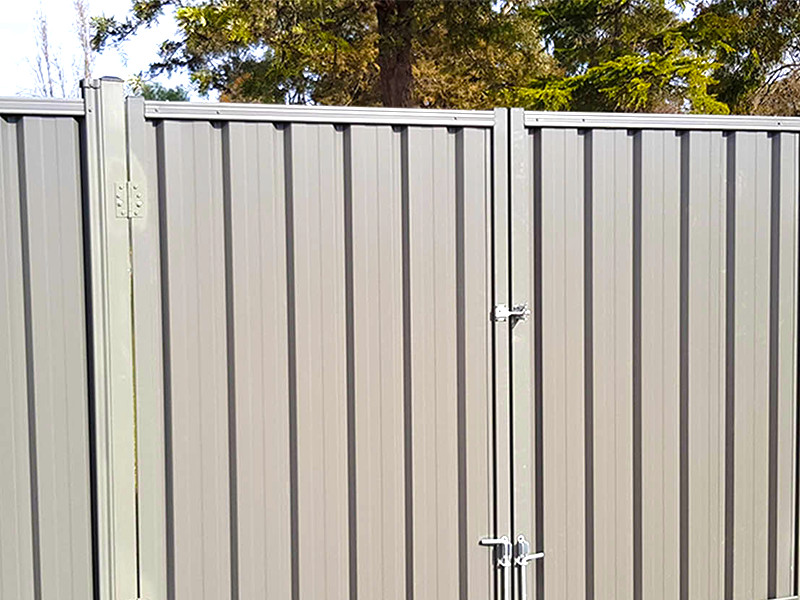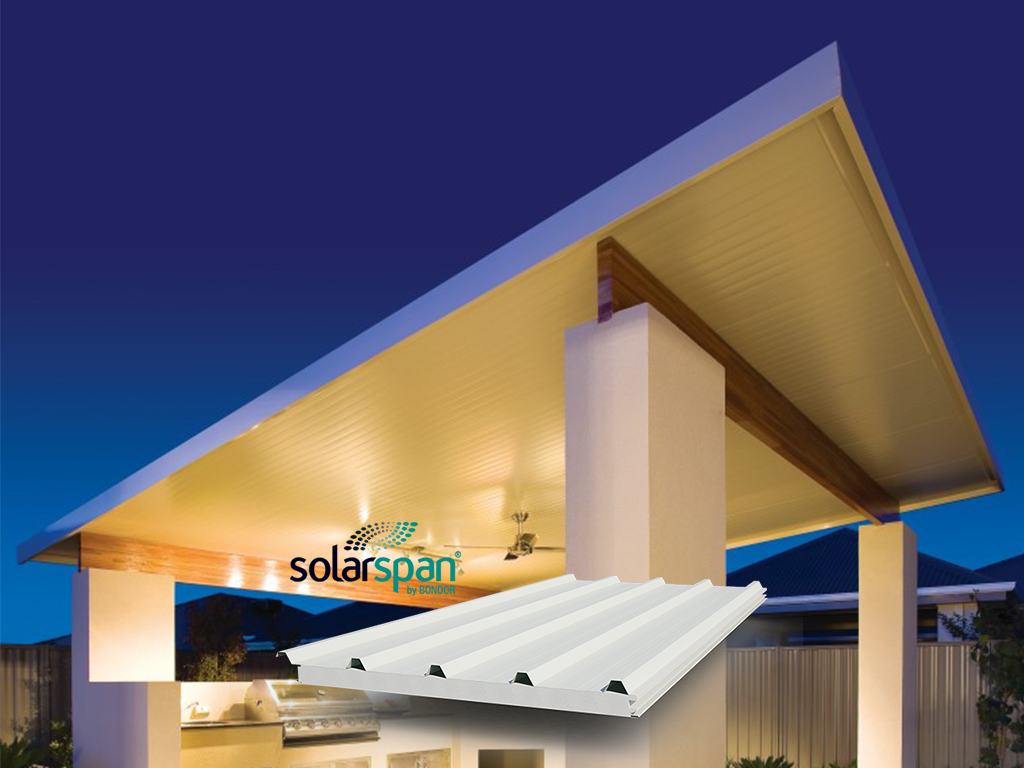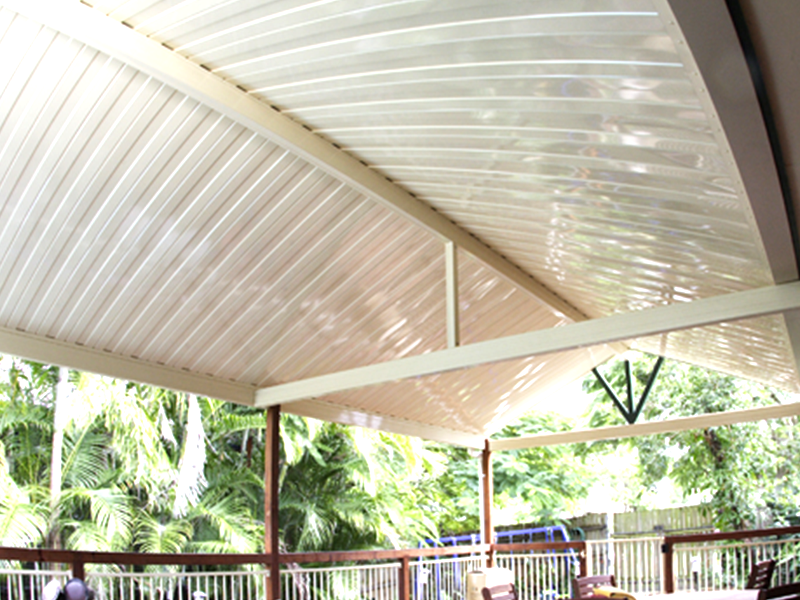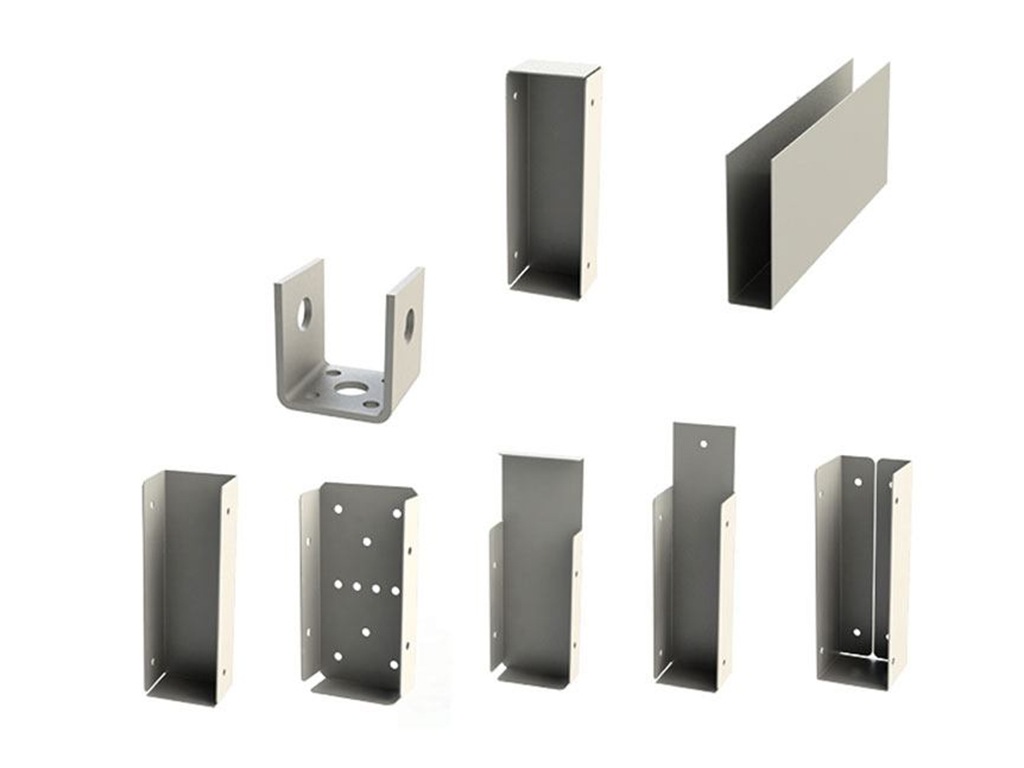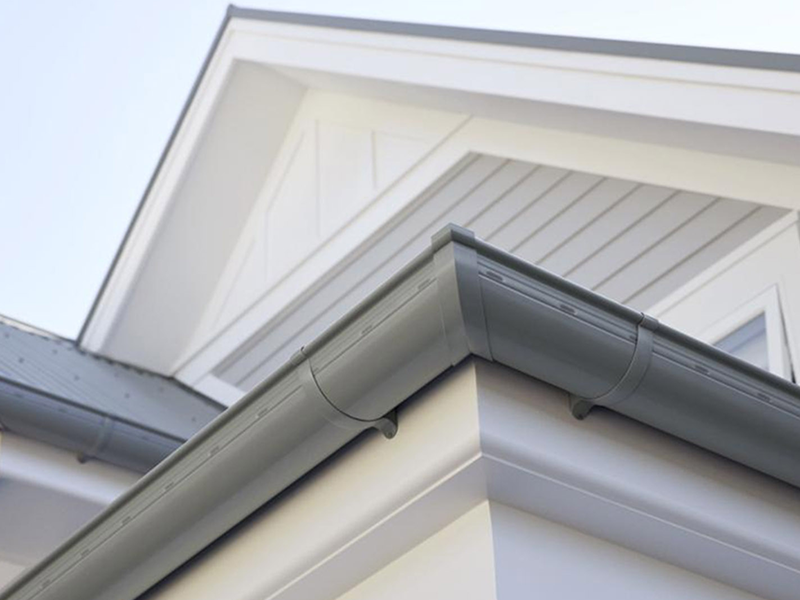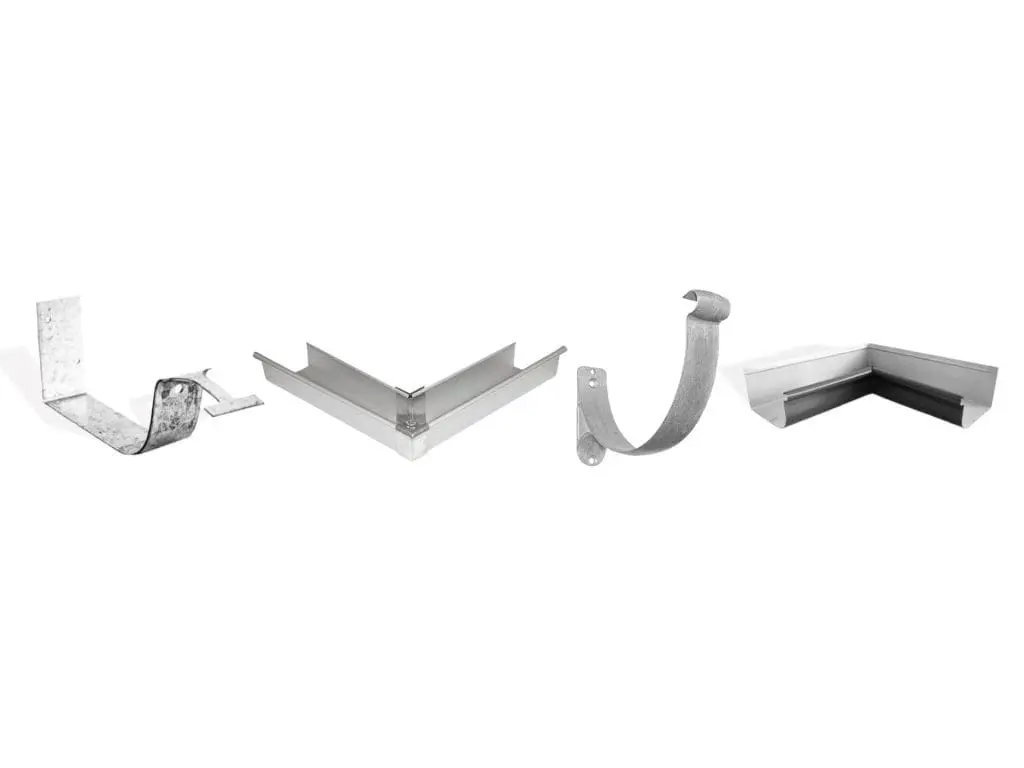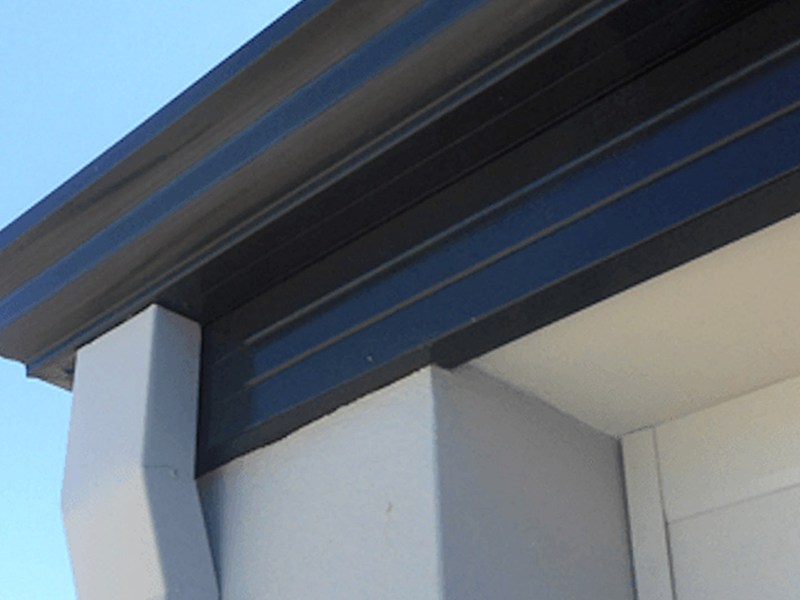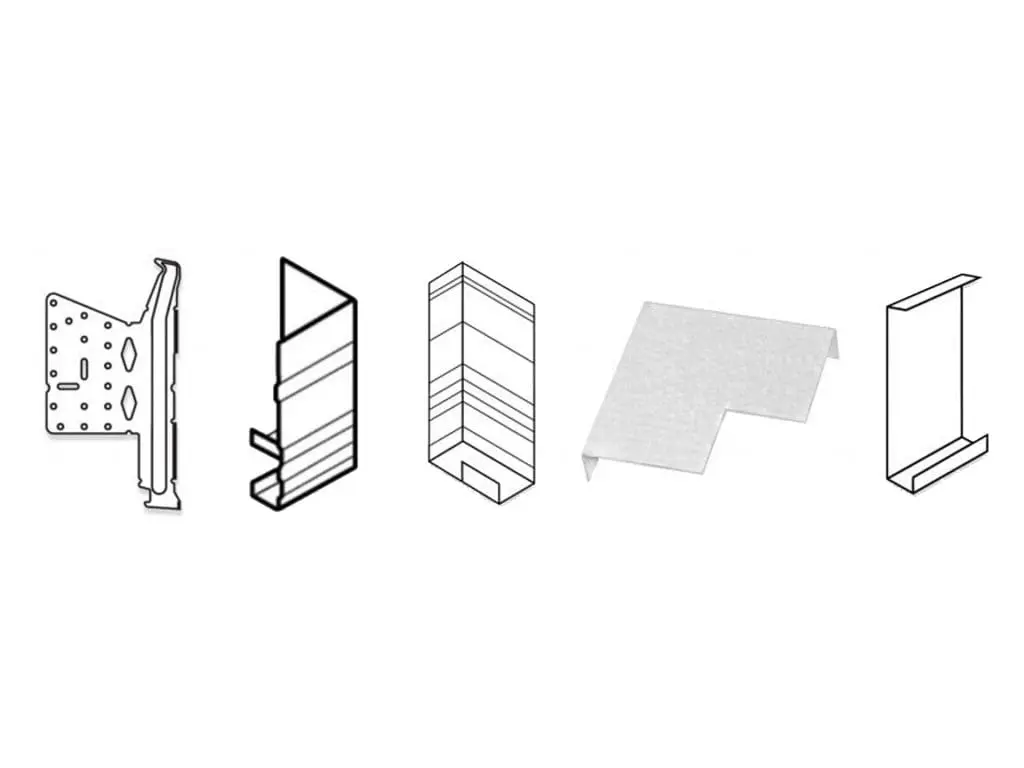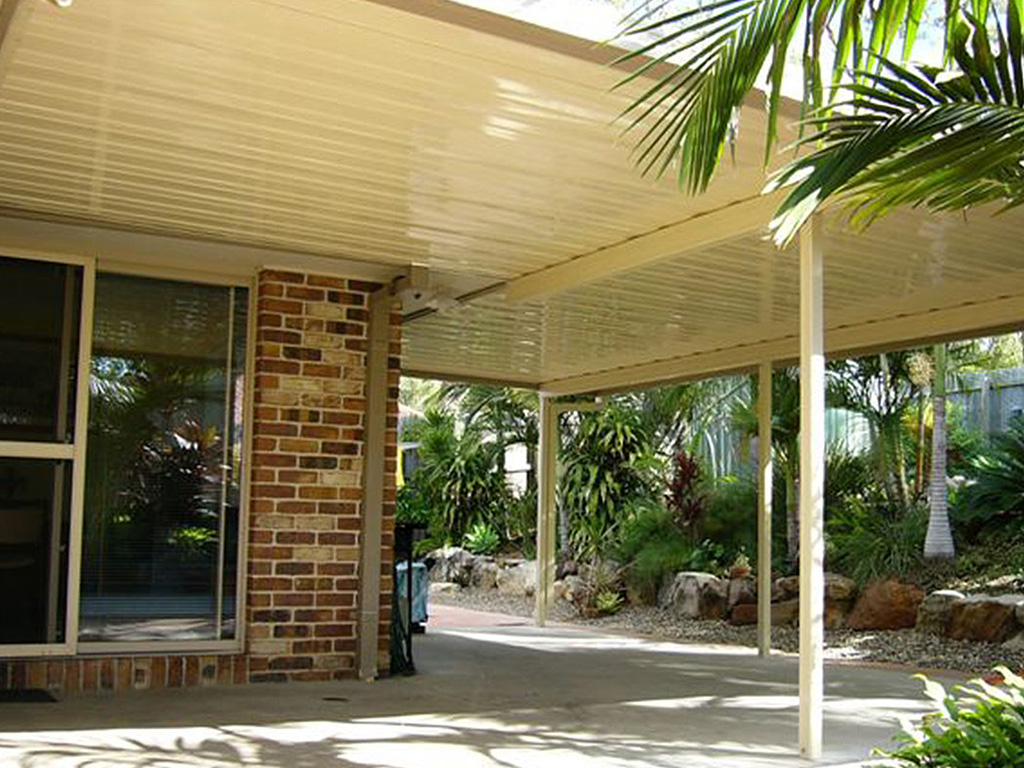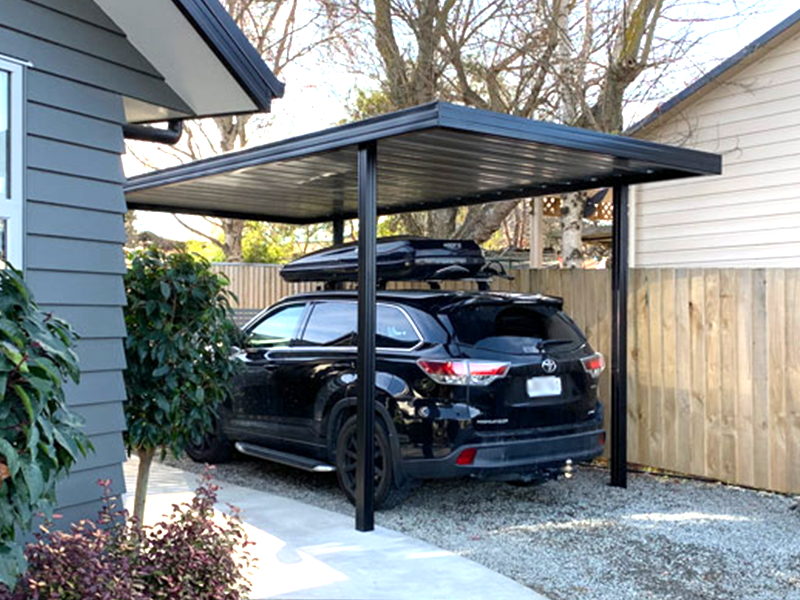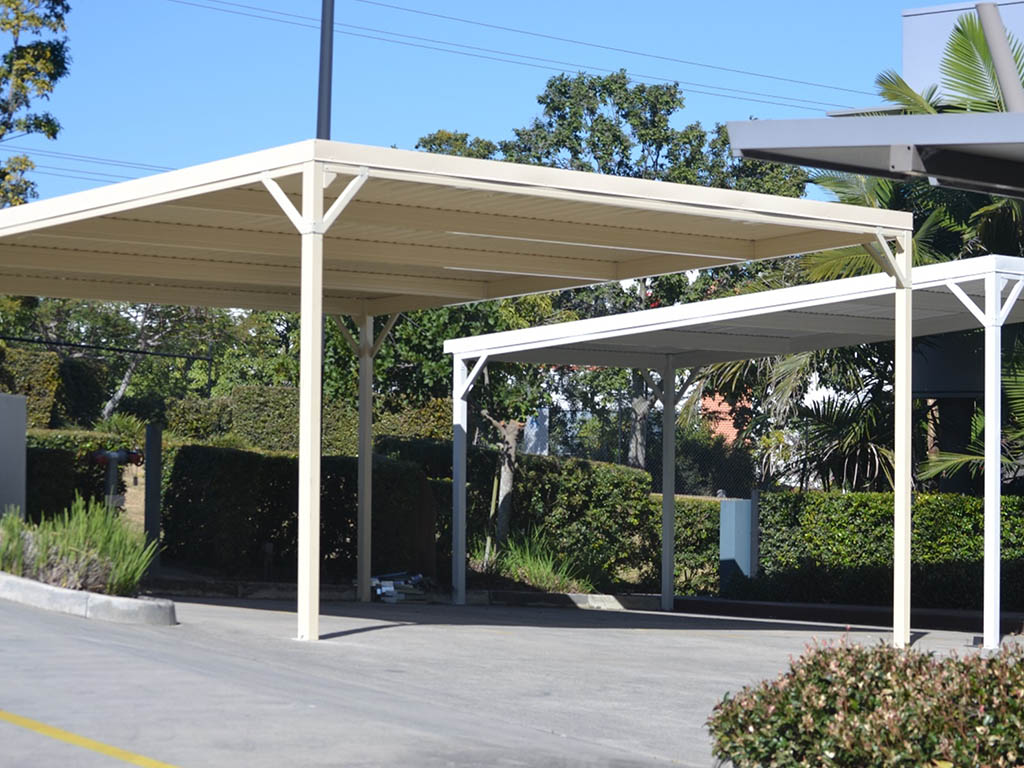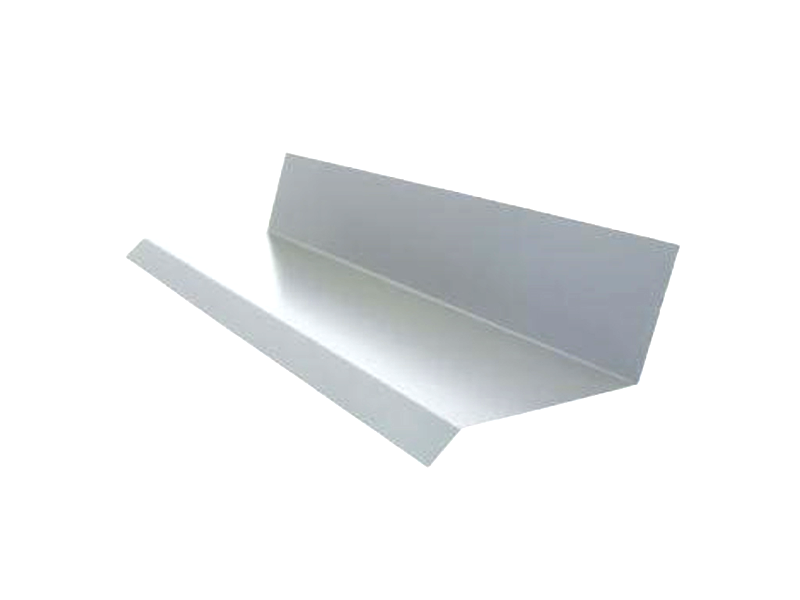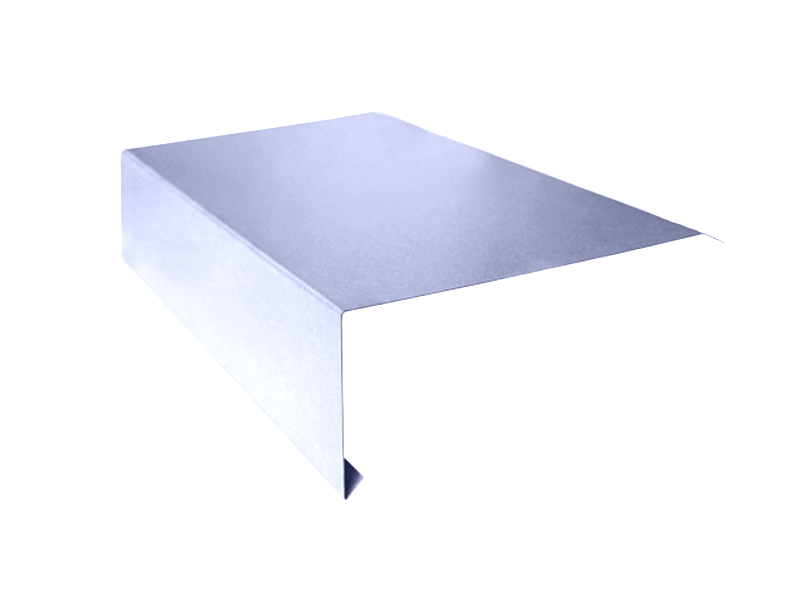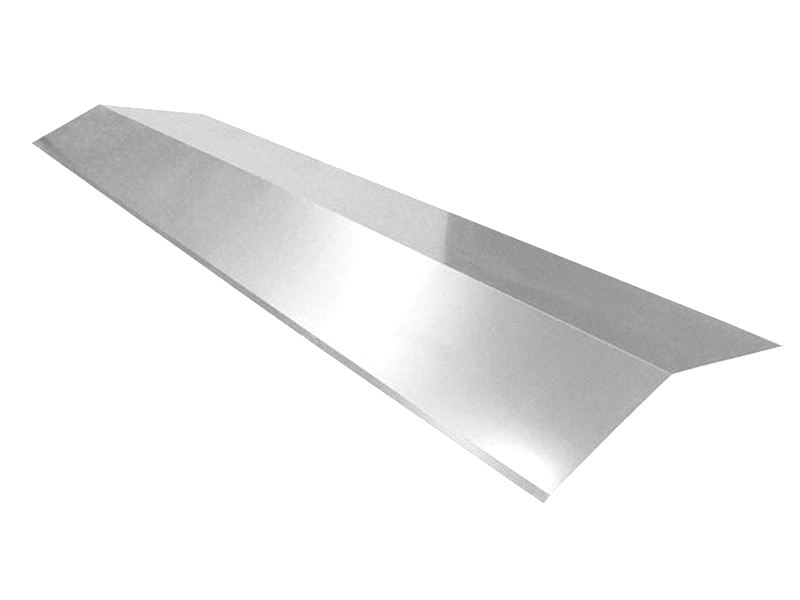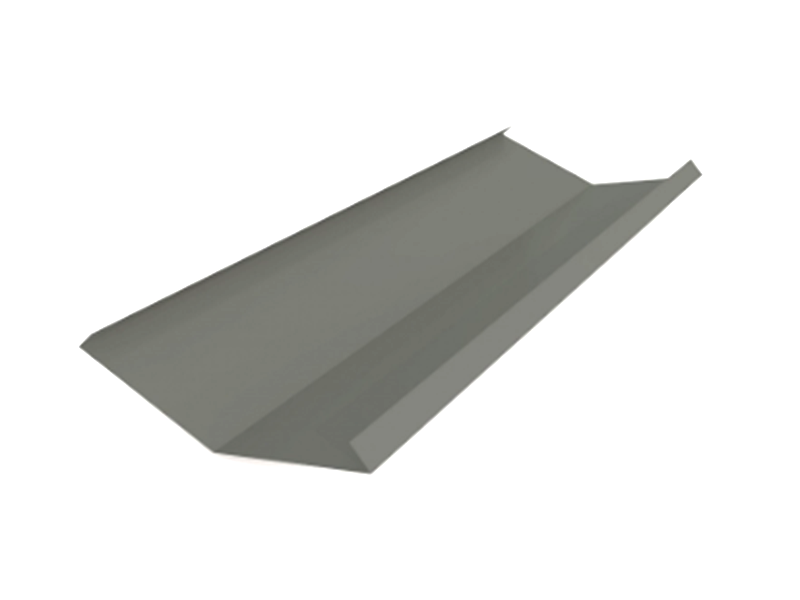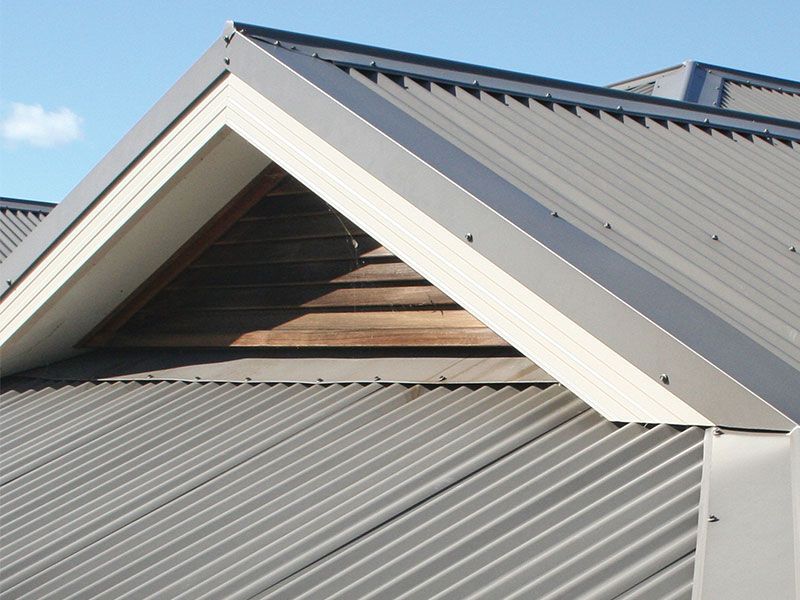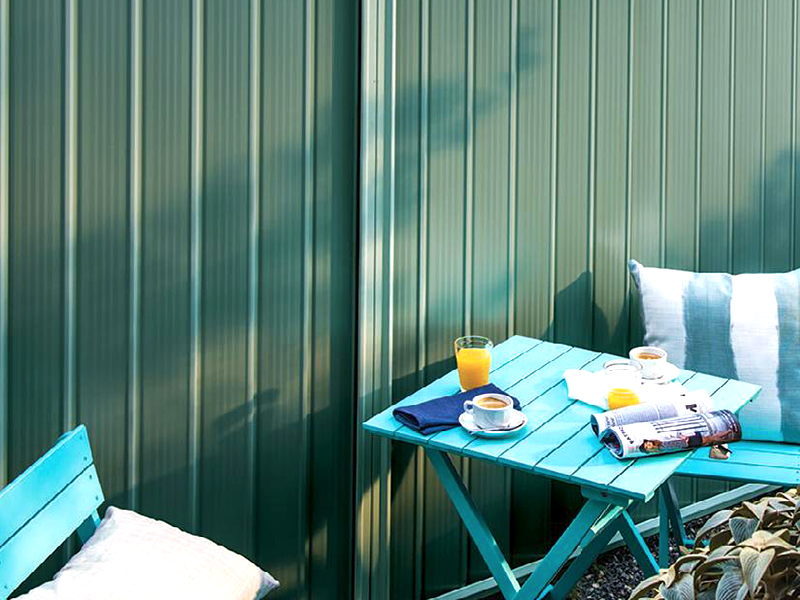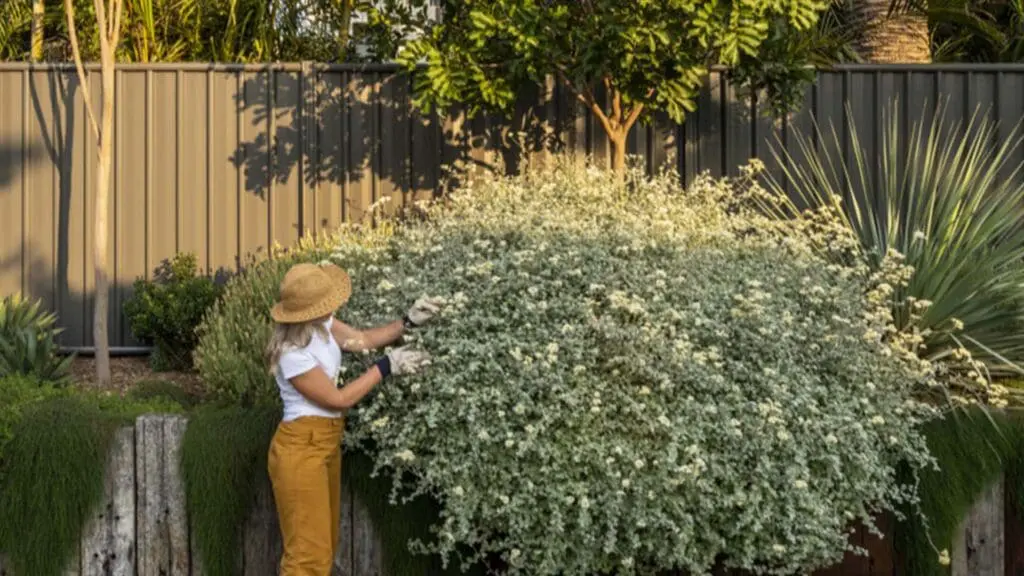
The Environmental Impact of Colorbond Fencing
COLORBOND fencing has gained significant popularity in recent years as an eco-conscious choice for property owners. As concerns about the environment grow, individuals are seeking sustainable and environmentally friendly alternatives for their homes and businesses. COLORBOND fencing provides a perfect solution, offering a range of benefits that make it a top choice for those who wish to minimise their ecological footprint and make a positive impact on the planet.
COLORBOND fencing is a type of steel fencing that is pre-painted and coated with a layer of zinc and aluminium, providing excellent corrosion resistance and durability. It is widely used in residential, commercial, and industrial settings due to its strength, aesthetics, and now, its eco-friendliness.
In this article, we’ll look at the environmental impact of COLORBOND fencing.
What is COLORBOND Fencing?
Before delving into the environmental impact of COLORBOND fencing, let’s understand what COLORBOND fencing is. The fencing is made from high-quality steel that is coated with a layer of zinc and aluminium, which prevents rusting. On top of this, a special colour coating is applied, providing an extensive range of colour options to suit any property’s style.
The Environmental Benefits of COLORBOND Fencing
Energy-Efficient Manufacturing Process
One of the most notable environmental benefits of COLORBOND fencing lies in its manufacturing process. Producing COLORBOND fencing requires less energy compared to other traditional fencing materials, making it an energy-efficient choice.
Sustainable Materials
COLORBOND fencing is made from steel, a highly recyclable material. The use of steel in fencing helps reduce the demand for new raw materials, contributing to the conservation of natural resources.
Longevity and Durability
COLORBOND fencing is designed to last for decades, even in harsh weather conditions. Its longevity and durability reduce the need for frequent replacements, ultimately decreasing the overall environmental impact.
Reduced Carbon Footprint
Lower Energy Consumption
The energy-efficient manufacturing process of COLORBOND fencing translates into a reduced carbon footprint. By choosing COLORBOND fencing, individuals can actively contribute to lowering greenhouse gas emissions.
Minimal Maintenance and Replacement
Due to its durability, COLORBOND fencing requires minimal maintenance and has a long lifespan. This leads to fewer resources being used for repairs and replacements, thus further reducing the overall carbon footprint.
Recycling and Reusability
The steel used in COLORBOND fencing is fully recyclable, making it an environmentally responsible choice. At the end of their lives, the fencing materials can be recycled and repurposed, minimising waste and conserving valuable resources.
Water Conservation
COLORBOND fencing requires minimal water for cleaning and maintenance compared to wooden fencing, which often needs staining or painting. By reducing their water consumption, individuals can make a positive impact on water conservation efforts.
Eco-Conscious Colour Choices
COLORBOND fencing offers an extensive range of colour choices, allowing property owners to select lighter colours that reflect sunlight. This can help mitigate the urban heat island effect, contributing to a cooler and more sustainable environment.
Combating Climate Change
As COLORBOND fencing is a sustainable and eco-friendly option, its increased adoption can play a role in combating climate change. Choosing environmentally responsible materials and products is a vital step in creating a greener future.
Enhancing Biodiversity
COLORBOND fencing can be designed to incorporate greenery, such as climbing plants or vines. This green addition can attract birds, butterflies, and other pollinators, enhancing biodiversity in urban areas.
Disposal Considerations
When the time eventually comes to replace COLORBOND fencing, proper disposal and recycling methods must be employed. Responsible disposal ensures that materials do not end up in landfills and continue to contribute positively to the environment.
Eco-Friendly Installation Practises
In addition to the fencing material itself, eco-conscious installation practices can further reduce the environmental impact. Implementing methods that minimise disturbance to the surrounding environment is essential for sustainable fencing solutions.
Sustainable Fencing Solutions for the Future
As the demand for eco-friendly options increases, innovation in fencing materials and practices will continue to evolve. It is essential to support research and development that focuses on sustainable fencing solutions for the future.
The Role of Consumers in Making Eco-Conscious Choices
Consumers play a crucial role in promoting sustainable practices. By choosing COLORBOND fencing and other environmentally friendly products, individuals can contribute to a cleaner, greener future.
COLORBOND fencing stands out as an environmentally conscious fencing choice with numerous benefits. Its energy-efficient manufacturing, use of recyclable materials, and longevity make it a compelling option for eco-conscious consumers. By opting for COLORBOND fencing, individuals can make a positive impact on the environment, one fence at a time.
FAQs
Is COLORBOND fencing more expensive than traditional fencing options?
While COLORBOND fencing may have a slightly higher upfront cost, its long lifespan and minimal maintenance requirements make it a cost-effective choice in the long run.
Can COLORBOND fencing be customised to match my property’s style?
Yes, COLORBOND fencing comes in a wide range of colours, allowing you to choose one that complements your property’s aesthetics.
Is COLORBOND fencing suitable for coastal areas with high salt exposure?
Absolutely! The corrosion-resistant properties of COLORBOND fencing make it an excellent choice for coastal environments.
Can I recycle old COLORBOND fencing when it needs replacement?
Yes, COLORBOND fencing is fully recyclable, so you can responsibly dispose of the old fencing materials.
- Colorbond Fencing: The Ultimate Blend of Style and Durability April 11, 2025
- A Spotlight on Monument: The Most Popular Colorbond Colour for Australian Homes March 28, 2025
- Transforming Your Outdoor Space with a Colorbond® Patio March 18, 2025
- How to Paint Colorbond: The Do’s & Dont’s March 7, 2025
- How to Easily Install an Insulated Panel Patio February 20, 2025

